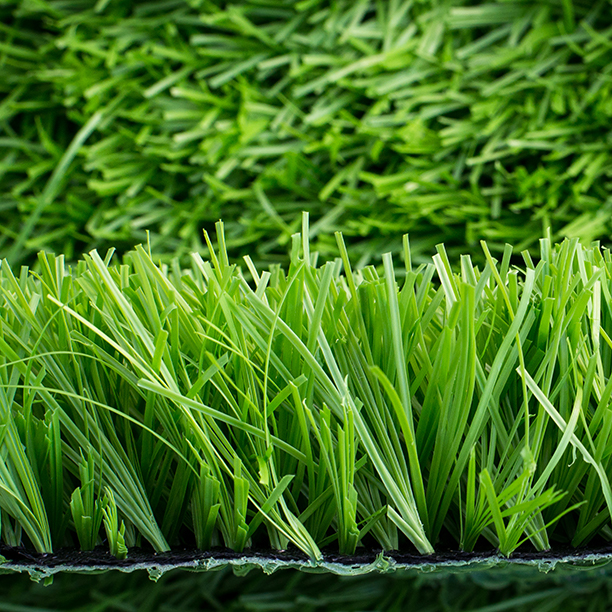Artificial Turf Market Trends 2023: Sustainability, Innovation, and Global Outlook
16 July 2024

Imagine running in a playground and the ground underneath your feet making an engaging sound with every step, or “out” emanating from a Padel court if the ball landed outside the lines. A search of 2023 artificial turf patents is always an interesting read!
The artificial grass market is a growing and changing one; with increasing levels of product innovation, differentiation and focus on sustainability. Whilst “artificial turf capable of creating sound” might not become mainstream, the impending microplastics ban in the EU is leading to new turfs, infills and systems being developed and introduced onto the market. Whether these are then adopted is however another question.
Demands for sustainability led products and organisations has changed and is changing the dynamics of the industry, whether that is the aforementioned organic infill material, the need for end of life recycling solutions or the utilisation of recycled material. Price still is the dominant factor in purchasing decisions for both Sport and Leisure & Landscape sectors, but sustainability metrics are playing an ever increasing differentiation role.
Having an ESG strategy is becoming a necessity for the larger producers and environmental impact is now catching up with price and performance to form part of the commercial battleground triangle.
That said, how you measure sustainability is always problematic in terms of establishing a consistent and comparable metric, and is a sub-section filled with acronyms: Product Life Cycle (PLC), Life Cycle Assessment (LCA), Product Environmental Footprint (PEF), Environmental Product Declaration (EPD). With variances and no agreed methodology as yet, there is scope for misdirection or spurious claims and so this reporting will run alongside transparency and provenance.
In a wider environmental context, as a football (soccer) coach, I have seen first-hand the impact that the changing climate is having on sport, with many pitches in Northern Europe too wet to play on over the winter and more and more grassroots clubs installing artificial turf pitches to cope with rising levels of junior and in particular female players. Similarly, with water becoming more scarce and valuable as a resource in hotter parts of the world, artificial turf pitches are also on the rise as sports participation grows.
This is where synthetic surfaces come into their own and provide a platform for people to be outdoors and active. This alongside a changing urban environment with roofs and public spaces being utilised for recreational spaces post-pandemic.
So whilst the last 2 years have been challenging for the industry, there have been green tufts of recovery and a positive future globally.
Join us at an event or enquire about our latest report
The latest AMI report “Artificial Turf Global Market 2024” looks at the market currently and forecasts what might happen over the next 4-5 years delving into sustainability, economic challenges and regional trends. If you’re interested in hearing more about the report you can request your free report proposal that contains more detail on the structure and findings included in the report by visiting our website, just click here.
If you’d like to discuss anything more specific with me, Nick Palmer the author of the report and Business Unit Manager for Energy and Infrastructure at AMI, please feel free to get in touch.
We’re also holding a conference in Malaga next year where we connect industry professionals and explore the latest technical developments of the artificial turf supply chain. You can book your place by clicking here.